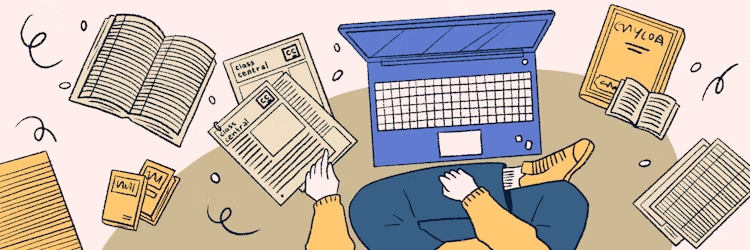Add some clever new techniques to your SketchUp repertoire. Tune in to discover a tip or trick that helps you work smarter with this popular 3D modeling software.
Overview
Syllabus
Introduction
- Welcome
- What you should know
- Best practices for importing CAD drawings
- Clean up CAD drawings with extensions
- Model walls with outer shell
- Use math to model precise forms
- Control softening and smoothing
- Composite SketchUp 2D graphics
- Make photographic entourage
- Create depth-of-field effects with fog
- Animate section planes
- Master arrays
- Use the tape measure and protractor
- Create flights of stairs for any rise and run
- Work with drawing axes
- Add functionality to SketchUp
- Explore Fredo6's Bezier Spline tools
- Model pottery with a Bezier spline
- Loft a handle with Curviloft
- Cycle materials in dynamic components
- Control object visibility
- Keyboard shortcut strategy
- Animate a door as a dynamic component
- Prepare and save dynamic components
- Work in interiors
- Mirror options
- Frame artwork
- Best practices with layers
- Explore sketchy styles
- Explore linetype
- Walk-through and flyover animations
- Render with Twilight
- See through ceilings and walls
- Urban context
- Work with stereograms
- Generate tensile membranes
- Cloth simulation
- Using SketchUp and Revit together via IFC
- Reporting on advanced attributes in components
- Using the Sandbox tools
- Bonus Sandbox tools
- Architectural moldings
- Rounded countertop edges
- Upholstery and pillows
- Using FredoScale
- Intersect Faces with Model
- Using Section Plane to slice geometry
- AmbientOcclusion
- Artistic renderings with SketchFX
- Advanced camera tools
- Making woodworking joints with solids
- Creating grungy surfaces for realism
- Using watermarks with scenes
Taught by
Scott Onstott



